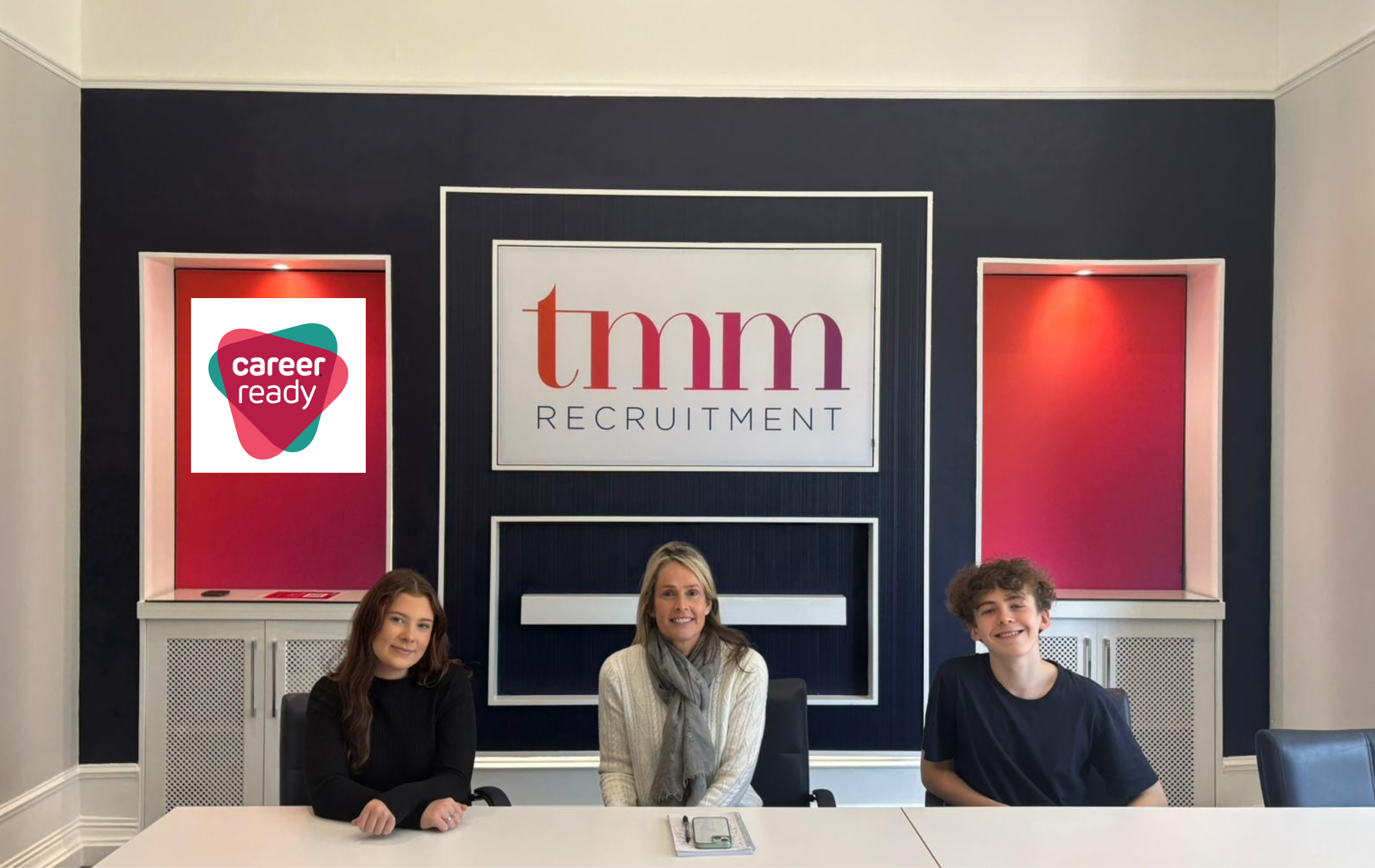Elevate Your Interview Style
24th July 2025
by Paul Duthie
If you are a Trekker, your first experience of a video call might have been watching Admiral James T. Kirk on the bridge of the Starship Enterprise. At a time when mobile phones hadn’t even been conceived this type of communication looked, literally, out of this world.
Since the early 2000s video calling has been available on our phones – remember Skype calls? And by 2010 iphone users were rapidly adopting FaceTime. The pandemic forced a leap in video communication and now it’s a convenient, cost-effective tool that’s embedded in our working lives.
For recruitment, it’s estimated that 69% of employers conduct video interviews with half of employers believing that it speeds up their recruitment process and cuts spending.
One of our bugbears is a lack of interview diligence. You shouldn't just "wing it" because using video for job interviews is completely different to grabbing your phone and catching up with a friend.
Video interviews contribute to your candidate experience but, depending how digitally dextrous you are, interviewees may be more adept at communicating over video than you are.
If you're designing or refining a hiring process, it's important to balance efficiency with empathy—making video work for your candidate experience, not against it. Consider whether your process enables you to create rapport while gathering the information you need to make a sound hiring decision.
Training
From social apps, Facetime and Whatsapp, to business collaboration tools such as Microsoft Teams or bespoke candidate interview software like Odro or Hinterview, there's a plethora of tools to choose from.
Whichever one you adopt, give every user in your business time to get accustomed to it, they shouldn't be taking interviews with no idea of how the tool works.
Security & Privacy
Bespoke interview software includes opt-in user statements but if you are recording your interview via a generic video app, such as Microsoft Teams or Zoom, it’s important that the interviewee understands and agrees to how their personal data is processed and retained.
Some candidates may feel uneasy about being recorded, bear in mind that this will affect their interview performance and may even make them withdraw from the process altogether.
Set-Up
One of the benefits of video is its convenience – you can literally interview someone from anywhere, while in the office, working from home or on the move. However, it’s worth noting some basic set-up requirements:
- Good connectivity – for the duration of your call. Glitches, delays, or dropped calls disrupt the flow and create frustration and miscommunication.
- Keep your background as simple as possible – busy backgrounds can be distracting for you and the interviewee. If you’re choosing to use a virtual background, perhaps displaying your logo, make the time to test it out beforehand, likewise if you know that you’ll be screensharing – that’s worth testing too.
- Choose a quiet room where you won't be disturbed or use a good headset that minimises noise transmission.
- Sitting in front of a window is an easy hack for minimising shadows. If your face is well-lit, it’s much easier for the interviewee to see that you are making eye-contact, smiling and being encouraging.
- The trend for casual dressing at work is morphing back to a smarter style. Follow a dress code that conveys the message that you’re taking the interview seriously.
- Look directly at the camera and ensure it is positioned so that the applicant can see all your face clearly, not just up your nose!
- Get yourself comfortable, practice makes perfect and, record yourself. The play-back will show you what needs to be fixed in your setup, sitting position and background.
- Switch off all other devices so you are not distracted by pinging notifications or calls.
- Don't be on time, be early.
Interview Preparation
In advance of your video interview carefully review the job description against the candidate profiles. Refresh your memory by re-watching the application videos (if you used this type of screening) and examine the psychometric assessment reports.
During the interview:
- Take an interest in the interviewee's background. If they are interviewing at home, there may be points of interest or cues that are useful icebreakers or conversation starters.
- Find the balance between speaking and listening and be aware of your facial expressions.
The mute button only turns audio off, it doesn't prevent a candidate from reading your lips!
There's no reason to change the format of your usual interview protocol if it focuses on finding out about the person behind the CV profile. If you would like some help crafting the best behaviour fit interview questions check out our blog post on the STAR Interview Process.
Finally, a word of caution, while you have a great set-up, that may not be the case for your interviewee. Variable equipment quality and the level of digital literacy may impair their ability to shine and overshadow the critical attributes that you’re interviewing for.










